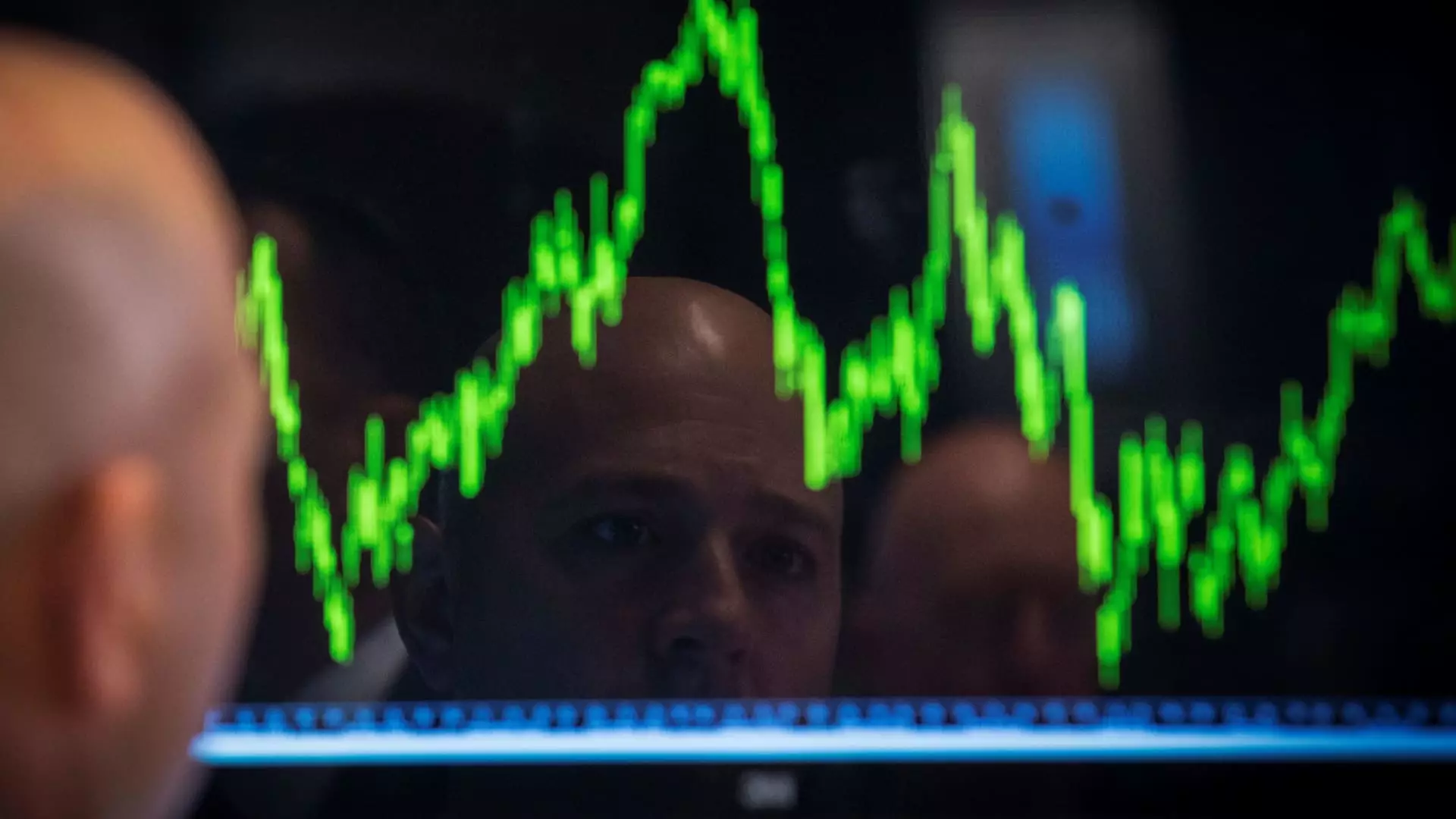For decades, Wall Street has been earmarked for the elite—the financial cityscape dominated by high-net-worth individuals and institutions enjoying exclusive access to lucrative investment strategies. The idea of complex portfolio management, premium products, and alternative investments was confined to the offices of investment banks and private wealth managers. This financial apartheid hindered individuals from acquiring wealth through the same mechanisms that traditionally enriched the wealthy. Fast forward to today, we’re witnessing a seismic shift in this dynamic. In a bet on mainstreaming exclusive investment strategies, the likes of JPMorgan Chase and BlackRock are extending these once-restricted financial tools to everyday investors. This democratization of investment avenues is not just revolutionary; it’s essential in a rapidly changing economic landscape characterized by unpredictability and volatility.
The ETF Revolution
Exchange-Traded Funds (ETFs) are at the forefront of this transformation. Investing in ETFs has allowed ordinary Americans to step into a domain that, until recently, was the exclusive playground of the affluent. In a market riddled with uncertainty, giants like JPMorgan and BlackRock have begun offering products designed to attract those who are typically underserved—those seeking alternative investments like private credit or innovative equity income strategies. The shift indicates a substantial demand for accessible means of wealth accumulation and a pressing need from investors looking for greater returns amidst market despair. How remarkable is it that a basket of investments, once reserved for a select few, is now within the grasp of the average American?
Confronting Liquidity Challenges
Despite the allure of alternative investments, liquidity issues continue to haunt them. The recent approval of the SEC’s first private credit ETF may have been groundbreaking, but it’s worth acknowledging that these instruments can complicate the investment landscape. ETFs promise accessibility but can often obscure potential drawbacks. For example, investments in private credit may lack the liquidity that mainstream equities offer, making it crucial for investors to weigh the benefits against the challenges carefully. Acknowledging these complexities indicates a maturity in the way both financial institutions and individual investors view investment opportunities. However, this evolution must be sensitively navigated; an informed investor will probe deeper rather than take the leap based solely on catchy prospectuses.
Income-Oriented Strategies Gain Traction
In what’s a direct response to contemporary market conditions, new strategies focusing on generating income have surged in popularity. Active ETFs like JPMorgan’s Equity Premium Income ETF utilize sophisticated approaches such as selling call options to supplement returns. This strategy not only complements capital gains but also addresses the urgent need for reliable income in today’s market. Investors are increasingly seeking avenues for consistent cash flow, a trend that highlights the financial anxieties of many. Can we ignore the simple truth that in a time of fear, strategies that offer prescient sound income generation serve as beacons for the risk-averse?
A Paradigm Shift in Financial Narratives
Historically, discussions around alternative investments were shrouded in mystery, reserved for affluent clients and industry insiders. However, the transparency introduced by ETFs has encouraged more open dialogue concerning these products’ risks and rewards. Professionals such as Ben Johnson from Morningstar have highlighted this transforming narrative, stating that the ETFs’ structural efficiencies provide a cost-effective method for accessing premium investments. But let’s not be misled: while access to these investments is widening, there are still pitfalls. The necessity for potential investors to be well-informed has never been greater, as they face a product that claims to democratize wealth creation yet operates in complex turf familiar to seasoned investors.
The Future of Investment for All
It’s increasingly evident that the financial industry is slowly waking up to the notion that everyone should have equal opportunities to build wealth. The era is shifting, with products like buffered ETFs designed to mitigate market volatility emerging as a lifeboat for those looking to transition from cash to equities without the fear of catastrophic losses. Interestingly, even with trillions sitting idle in money market accounts, many investors are hesitating. And let’s face it: no one wants the regret of watching their cash erode in value while the market rebounds. The falling barriers to entry and enhanced investor education are powerful catalysts for economic mobility—but they also call for vigilance against complacency in this newfound accessibility.
The change to make alternative investments available to Main Street is not just a passing trend; it signifies a shift in how we perceive investment democratization. The tension between innovation and investor readiness, coupled with an eye on maintaining liquidity, sets the stage for an interesting dialogue as we navigate this financial landscape. It’s a delicate balance to strike—one where informed risk-taking could ultimately level the financial playing field for all.

